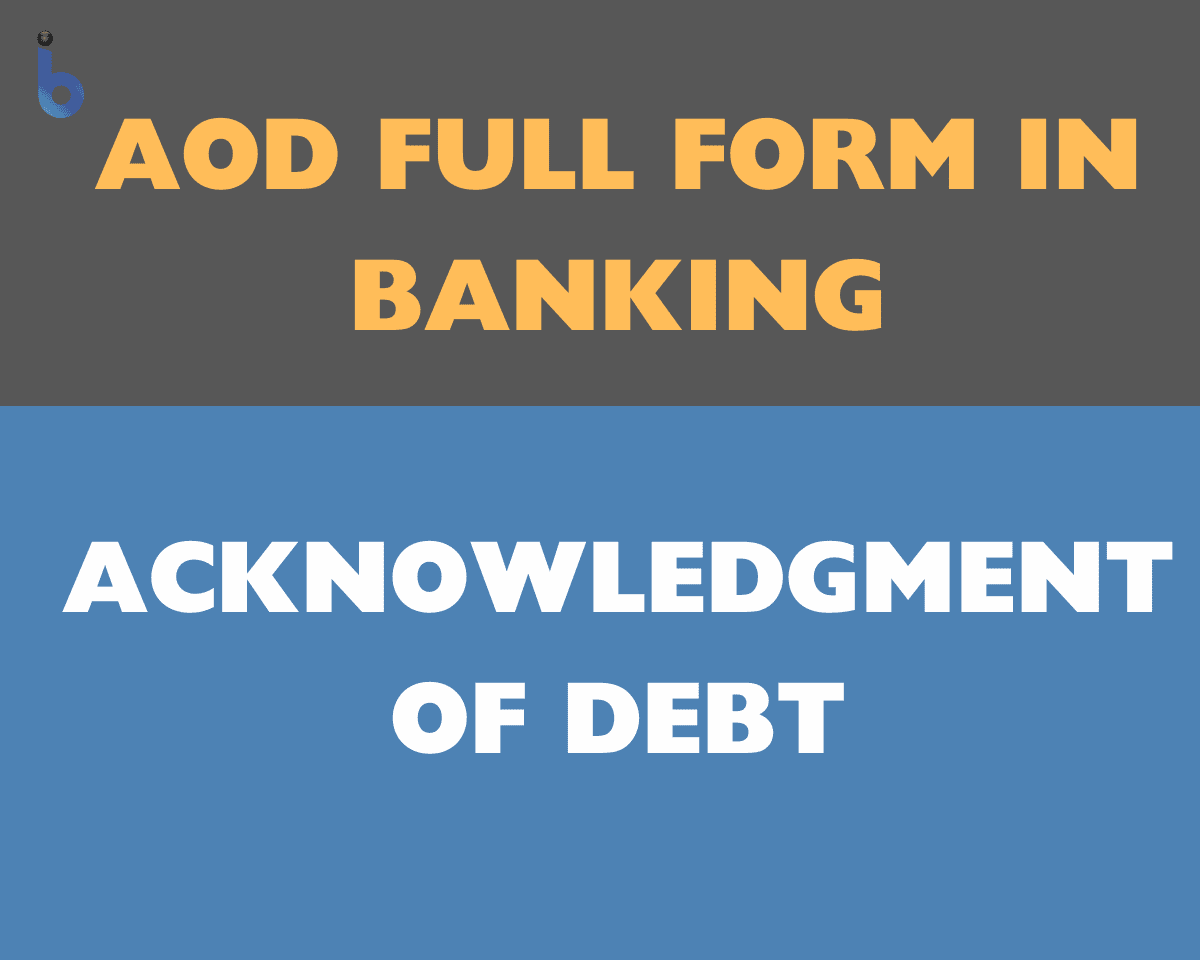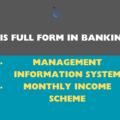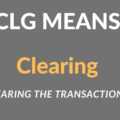AOD is referred to as “Acknowledgment of Debt” in banking terms, which is a written legal document of Acknowledgment between the debtor and the creditor, through which the debtor acknowledges that he/she owes the debt money to the creditor party that loaned the debt money and the debtor is liable to repay the debt money to the creditor.
The following information must be mentioned in the Acknowledgment of Debt document:
- The names and addresses of the said debtor and the creditor.
- The date of approval and disbursement of the loan.
- The loaned amount.
- The rate of interest ( if any).
- The schedule for loan repayment (which includes the installment amount, the due date of each installment, and the total number of installments).
- The acknowledgment of the Default clause for additional charges (such as late payment fees or interest penalties, or additional charges for some other reasons).
- Provision of collateral security for the loan (In case the creditor may require it.)
- Documentation writing in a clear and precise manner for the acknowledgment of debt.
- The purpose for which the loan was made.
- The signature of both the debtor and the creditor.
What is The Necessity of Acknowledgment of Debt?
Sometimes a debtor may fail to repay the loan as agreed. In that case, the creditor may need to take legal action against the debtor to recover the debt money and to do it, the Acknowledgement of Debt is acceptable legal evidence in court to help the creditor in making the debt recovery easier. However, the AOD is a very important document for both the debtor and the creditor.
As it spares no possibility of any misunderstanding between both of them regarding the terms and conditions of the loan, so in case of a dispute, the Acknowledgement of Debt serves as legal evidence and protects the legal rights of both of them. Therefore, both the debtor and the creditor should spend some time carefully going through the AOD carefully to review and verify the information given so that it can ensure its accuracy and meet their expectations.
What is the AOD Law of Limitation
The Law of limitation act 1963 suggests that debt will become time-barred after three years from the date of creating the loan documents for the same. The concerned Bank or related Financial Institution will have to start legal proceedings to recover their loan from the debtor before the expiry of that three-year validity period.
The bank can extend the validity period of loan documents for further three years by taking the signature of the debtor on the Acknowledgement of Debt (or AOD). So this way, the AOD law of limitation provides mutual benefits to both the debtor and the creditor. Because the debtor will not have to face any legal issues, and the bank will get another three years to recover the loan.
What is the AOD Validity in Banking?
The validity of the “Acknowledgement of Debt (AOD)” remains enforced for three years from the date of creating the AOD. After three years, the status of the AOD becomes time-barred. So the creditor is required to take a signature again from the debtor on the Acknowledgement of Debt to enforce it again. By doing so, the validity period of the “Acknowledgement of Debt” will extend for another three years, which will be mutually beneficial for both the debtor and the creditor.
The Final Wrap Up
In this article, we have provided you with comprehensive information about the Acknowledgement of Debt, including its necessity, its validity, and the law of limitation. Hopefully, by reading this post till the last word written here, you will have easily and quickly learned about what is the complete form of AOD and its necessity in banking terms.







Be the first to comment